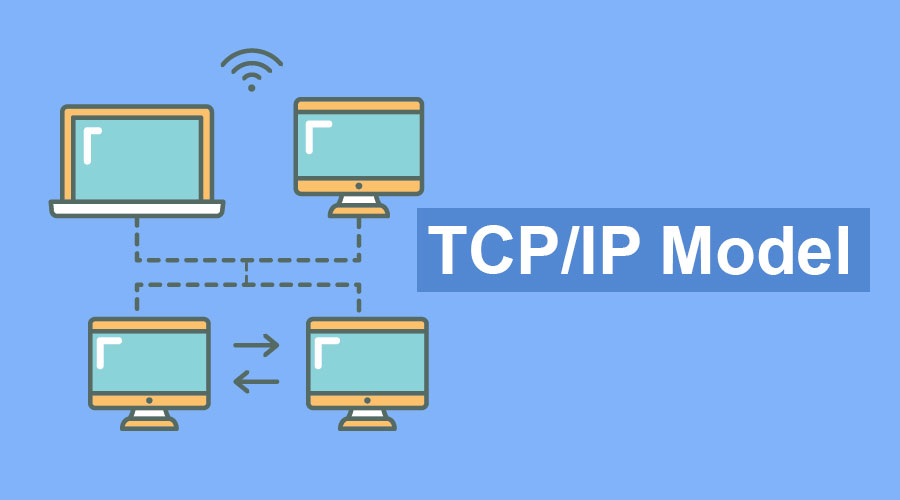1. EXECUTIVE SUMMARY
- CVSS v3 9.8
- ATTENTION: Exploitable remotely
- Vendor: Treck Inc.
- Equipment: TCP/IP
- Vulnerability: Heap-based Buffer Overflow, Out-of-bounds Read, Out-of-bounds Write
The Treck TCP/IP stack may be known by other names such as Kasago TCP/IP, ELMIC, Net+ OS, Quadnet, GHNET v2, Kwiknet, or AMX.
2. RISK EVALUATION
Successful exploitation of this vulnerability may allow remote code execution and a denial-of-service condition.
3. TECHNICAL DETAILS
3.1 AFFECTED PRODUCTS
The following components of Treck TCP/IP stack Version 6.0.1.67 and prior are affected:
- HTTP Server
- IPv6
- DHCPv6
3.2 VULNERABILITY OVERVIEW
3.2.1 HEAP-BASED BUFFER OVERFLOW CWE-122
A vulnerability in Treck HTTP Server components allow an attacker to cause a denial-of-service condition. This vulnerability may also result in arbitrary code execution.
CVE-2020-25066 has been assigned to this vulnerability. A CVSS v3 base score of 9.8 has been calculated; the CVSS vector string is (AV:N/AC:L/PR:N/UI:N/S:U/C:H/I:H/A:H).
3.2.2 OUT-OF-BOUNDS WRITE CWE-787
An out-of-bounds write in the IPv6 component may allow an unauthenticated user to potentially cause a possible denial-of-service via network access.
CVE-2020-27337 has been assigned to this vulnerability. A CVSS v3 base score of 9.1 has been calculated; the CVSS vector string is (AV:N/AC:L/PR:N/UI:N/S:U/C:N/I:H/A:H).
3.2.3 OUT-OF-BOUNDS READ CWE-125
An issue was discovered in Treck IPv6. An out-of-bound read in the DHCPv6 client component may allow an unauthenticated user to cause a possible denial-of-service via adjacent network access.
CVE-2020-27338 has been assigned to this vulnerability. A CVSS v3 base score of 5.9 has been calculated; the CVSS vector string is (AV:A/AC:H/PR:N/UI:N/S:U/C:H/I:N/A:H).
3.2.4 OUT-OF-BOUNDS READ CWE-125
Improper input validation in the IPv6 component may allow an unauthenticated user to cause an out-of-bounds read of up to three bytes via network access.
CVE-2020-27336 has been assigned to this vulnerability. A CVSS v3 base score of 3.7 has been calculated; the CVSS vector string is (AV:N/AC:H/PR:N/UI:N/S:U/C:L/I:N/A:N).
3.3 BACKGROUND
- CRITICAL INFRASTRUCTURE SECTORS: Critical Manufacturing, Information Technology, Healthcare and Public Health, Transportation Systems
- COUNTRIES/AREAS DEPLOYED: Worldwide
- COMPANY HEADQUARTERS LOCATION: United States
3.4 RESEARCHER
Intel reported these vulnerabilities to Treck.
4. MITIGATIONS
Treck recommends users apply the latest version of the affected products (Treck TCP/IP 6.0.1.68 or later versions). To obtain patches, email security@treck.com
Treck recommends users who cannot apply the latest patches to implement firewall rules to filter out packets that contain a negative content length in the HTTP header.
For more detailed information on the vulnerabilities and the mitigating controls, please see the Treck advisory.
CISA recommends users take defensive measures to minimize the risk of exploitation of this vulnerability. Specifically, users should:
- Minimize network exposure for all control system devices and/or systems, and ensure that they are not accessible from the Internet.
- Locate control system networks and remote devices behind firewalls, and isolate them from the business network.
- When remote access is required, use secure methods, such as Virtual Private Networks (VPNs), recognizing that VPNs may have vulnerabilities and should be updated to the most current version available. Also recognize that VPN is only as secure as the connected devices.
CISA reminds organizations to perform proper impact analysis and risk assessment prior to deploying defensive measures.
CISA also provides a section for control systems security recommended practices on the ICS webpage on us-cert.cisa.gov. Several recommended practices are available for reading and download, including Improving Industrial Control Systems Cybersecurity with Defense-in-Depth Strategies.
Additional mitigation guidance and recommended practices are publicly available on the ICS webpage on us-cert.cisa.gov in the Technical Information Paper, ICS-TIP-12-146-01B–Targeted Cyber Intrusion Detection and Mitigation Strategies.
Organizations observing any suspected malicious activity should follow their established internal procedures and report their findings to CISA for tracking and correlation against other incidents.
High skill level is needed to exploit. No known public exploits specifically target these vulnerabilities.
Source:
